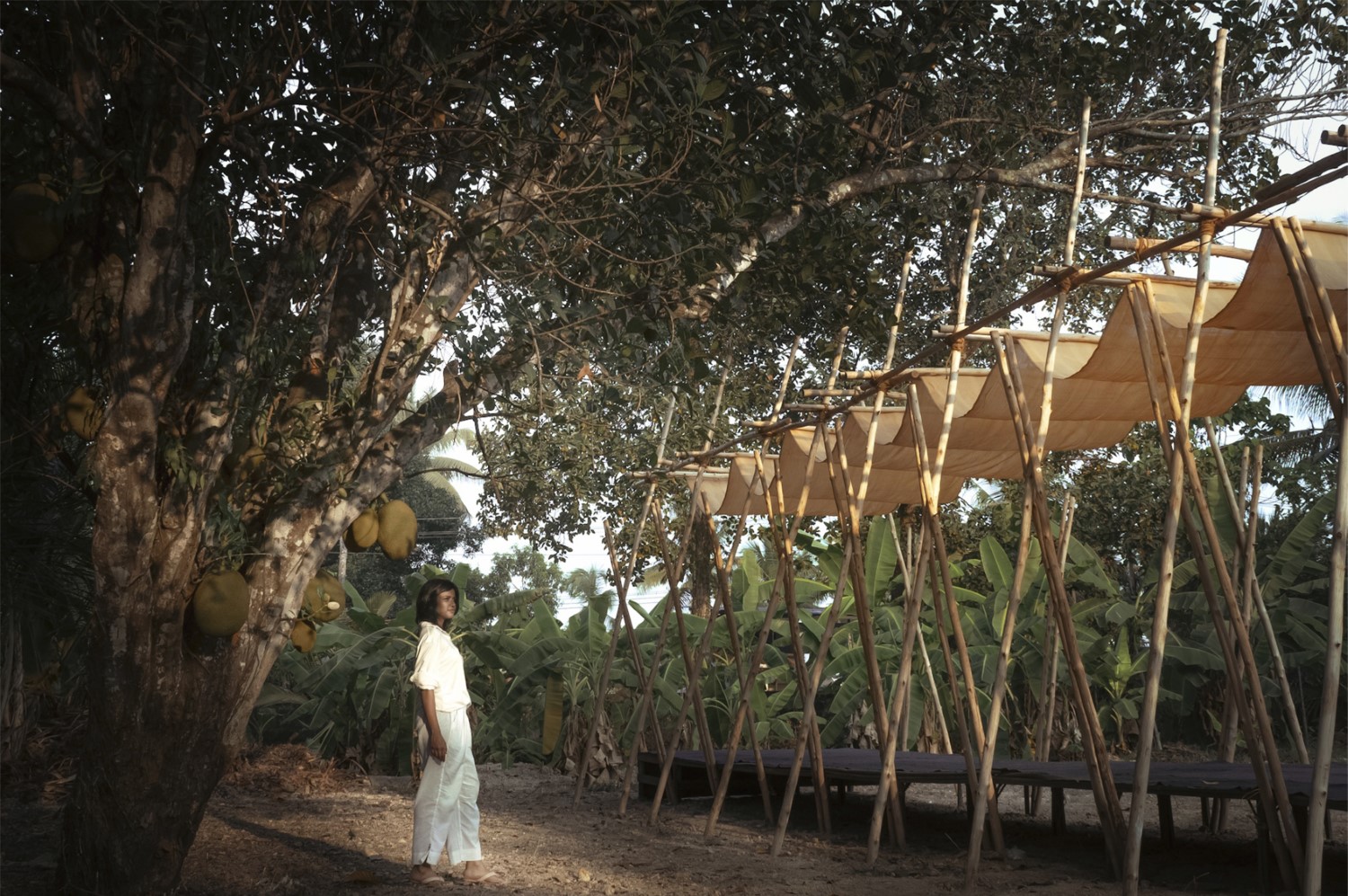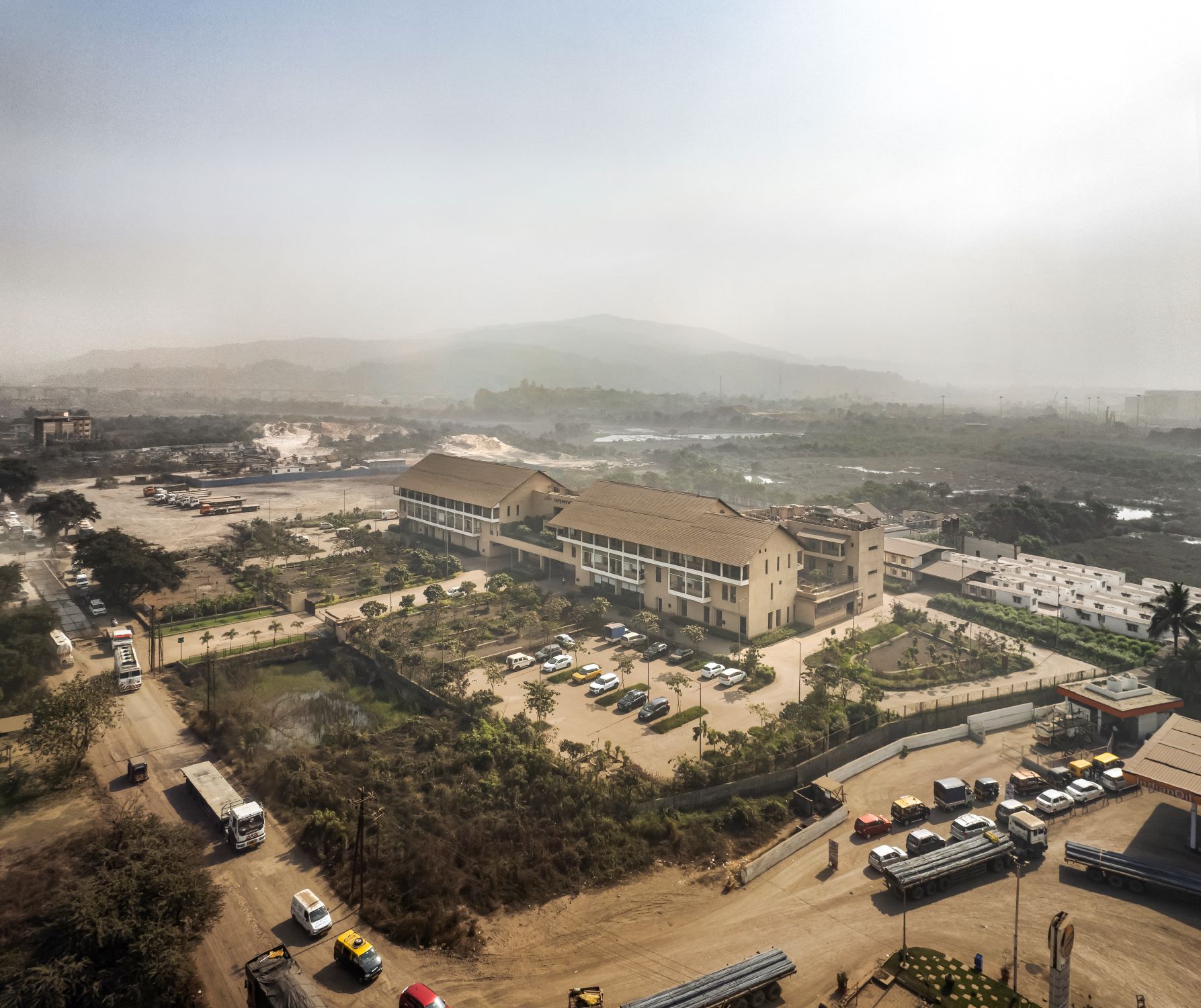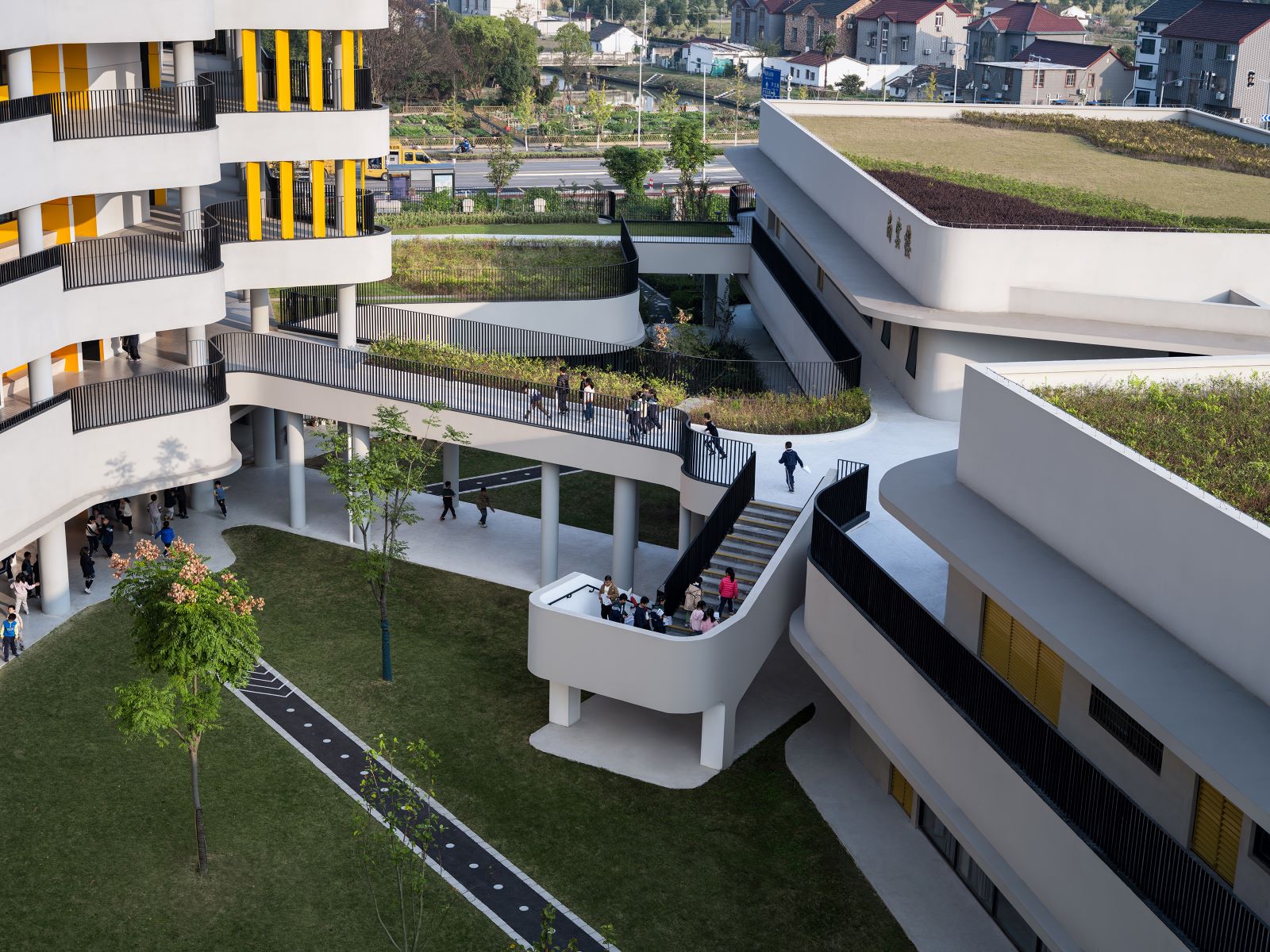Inspiration
Cities have always been the culmination of great civilizations. Today, under immense pressure from the ever-increasing population, economic exploitation, congestion of urban fabric and dysfunctional development of infrastructure, the window for benevolent creativity seems to be narrowing down. New orders are emerging, leaving us with discomfort and great anxiety.
Cities seem to be competing with each other to set trends that incite new desires. Issues of urban identity and diversity are diluted in favour of global trends.
Cities are and will certainly be centres of change, however, they need not be seen as only mercantile arrangements but, as places, addressed towards people, their cultures, communities, climate, and humanity, at large, to emerge as meaningful paradigms. The growing densification in residential areas is affecting nearly all Indian cities and subsequent pressure on the infrastructure demand a rethinking of the existing building types. Changes in the pattern of living and trends towards maximizing covered areas tend to erode more quality space.
The challenge today, hence lies in developing “porous” building typologies that reinstate a balance between built and open landscape areas, fundamental to integral living.
The challenge today lies in developing building typologies that reinstate a balance between built and open landscape areas, fundamental to integral living.
Verendra Wakhloo (Principal, Matra Architects)
Program & Form
Two duplex units, dovetailed as two L-shaped juxtaposed building volumes, contain the stilt floor, GF/FF and SF/TF respectively and are designed to accommodate the client’s brief consisting of two self-contained residences of similar area programs.
The entire methodology of generating the comprehensive form is based on chiselling out vertical and horizontal volumes, enabling light penetration, vistas, insertion of structure/services and hanging gardens within.
Structure & Material
Two exposed concrete cores of similar size integrate staircases/lift/MEP services and are the only structural support to the building above the stilt area. This nearly indiscernible arrangement reinforces the idea of spatial continuity and porosity of all spaces. The monolithic textured concrete, created by the use of pine wood shuttering, constitutes the main building material and blurs the distinction between structure and surface, inside and outside. In contrast, the bare rock form awaits natures dynamic.
Images
Project Facts
Firm name: Matra architects and rurban planners
Location: Delhi
Architectural design team: Verendra Wakhloo, Priyank Jain, Shweta Garg, Hitesh Katiyar, Sanjay Devrani, Ankit Jain, Mukesh Kumar (Model)
Electricals: Lirio Lopez/ Delhi
Contractors: GSBA Builders Pvt. Ltd.
Completion date: 2017
Plot area: 670 sqm
Built-up area: 1675 sqm
Photography: Edmund Sumner, Suryan Dang
Typology: Residential





























